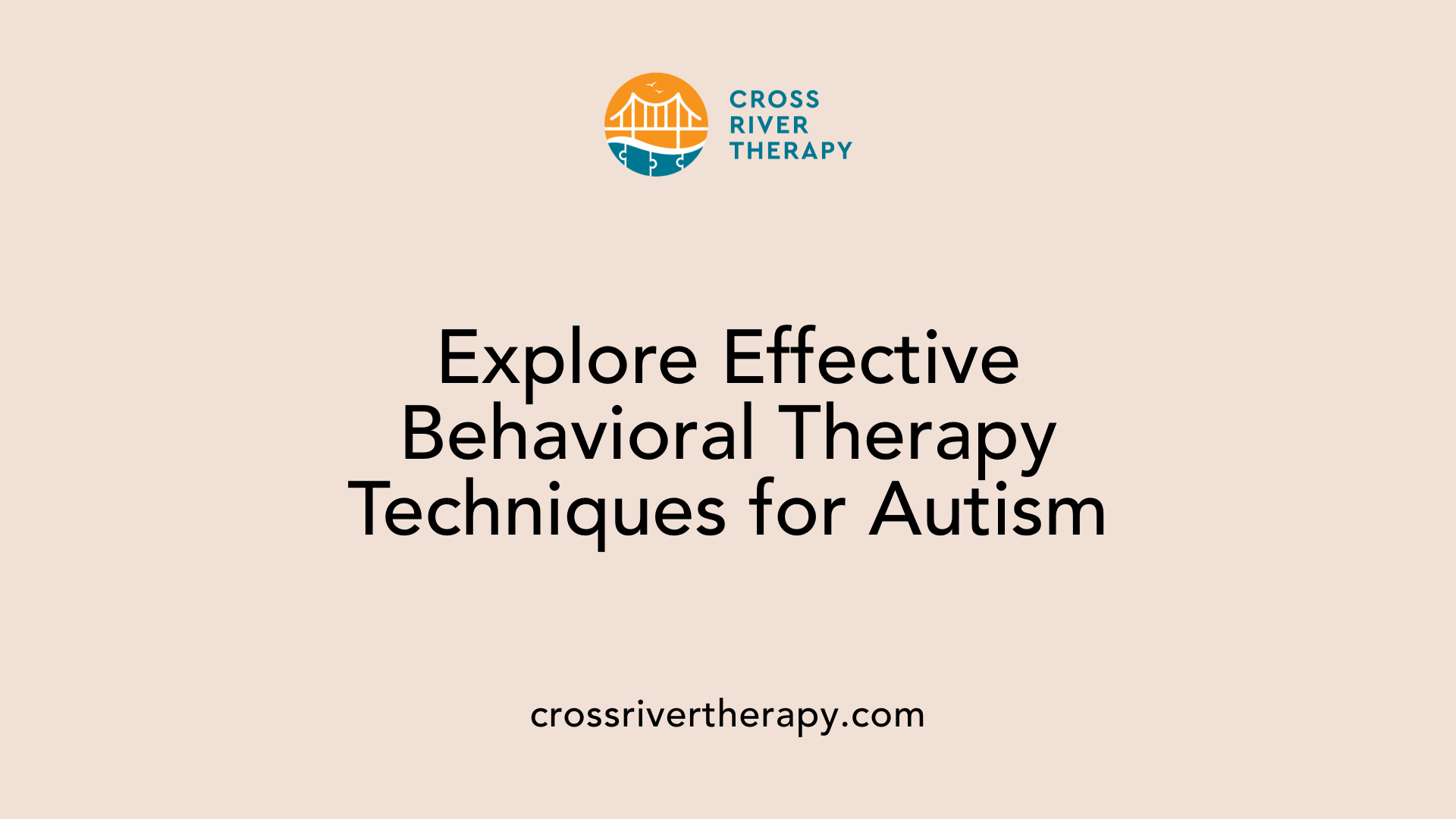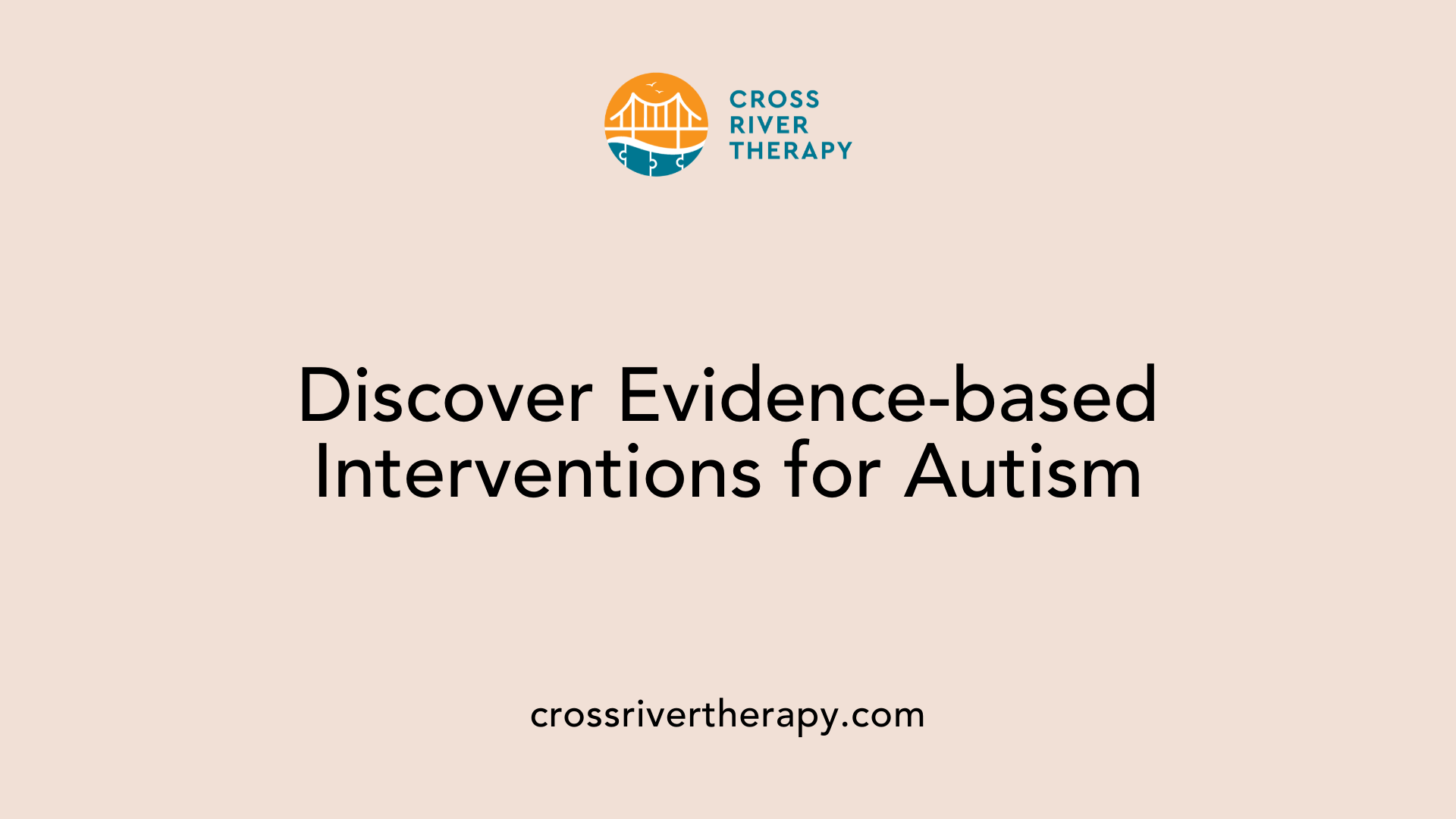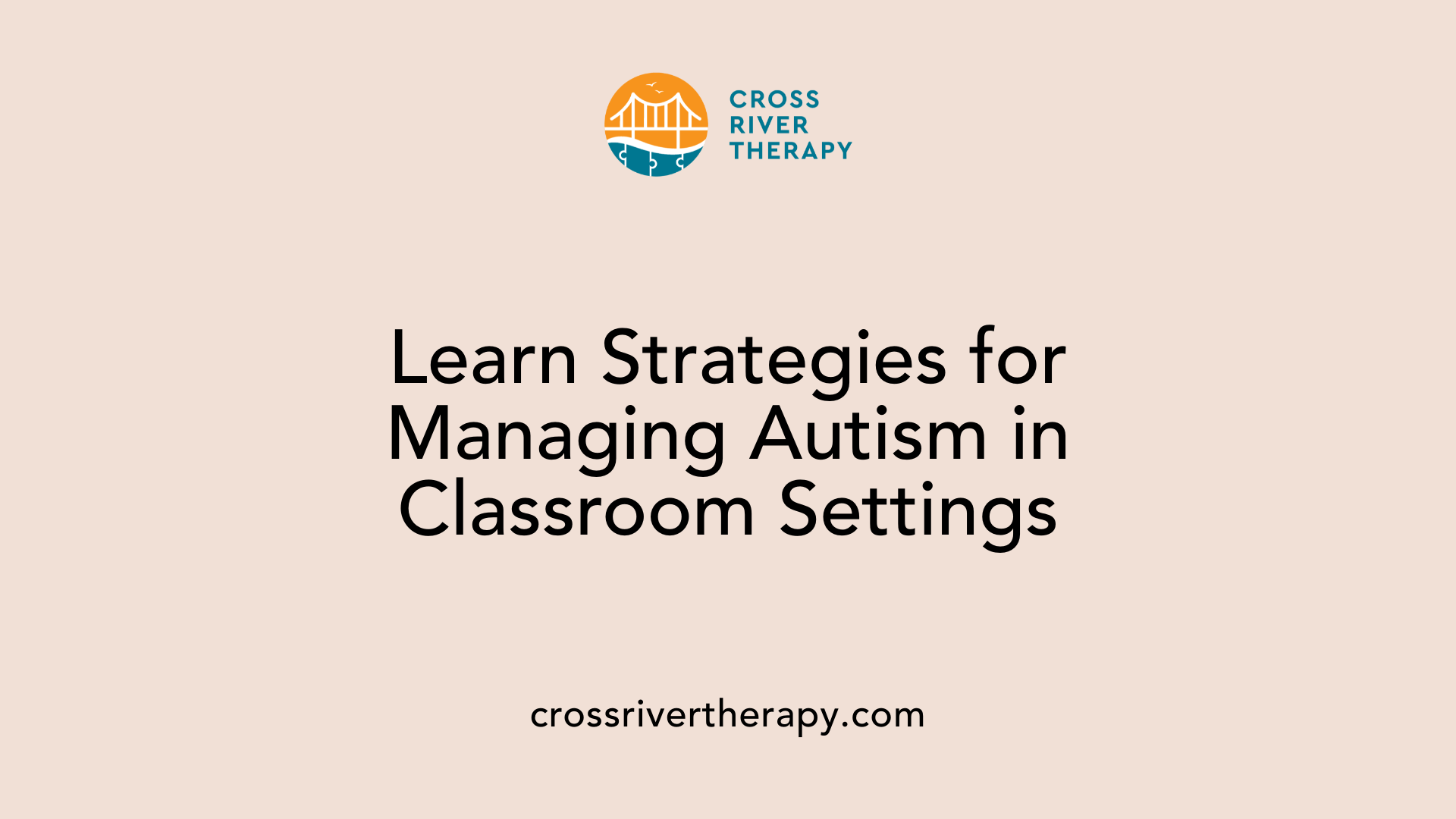Behavioral Strategies for Autism
Empowering Individuals with Autism Through Proven Techniques
Understanding and Guiding Behavior in Autism
Autism Spectrum Disorder (ASD) poses unique challenges that affect behavior, communication, and social skills. Effectively managing these aspects requires a comprehensive understanding of autism and tailored strategies that support both the individual and their caregivers. This article explores various behavioral strategies designed to promote positive behavior in individuals with autism, emphasizing the importance of patience, consistency, and reinforcement. Our goal is to equip parents, educators, and caregivers with the knowledge needed to support autistic individuals meaningfully.
Applied Behavioral Analysis and Other Techniques

What are some behavioral therapy techniques for autism?
Behavioral therapy techniques for autism primarily involve Applied Behavior Analysis (ABA), which is recognized for its effectiveness in tracking progress and reinforcing desired behaviors while minimizing unwanted ones. Key methods within ABA include:
- Positive Behavioral Support (PBS): This approach aims to understand the reasons behind challenging behaviors, focusing on promoting positive changes in a child’s environment.
- Pivotal Response Training (PRT): This method enhances pivotal skills such as motivation and communication through play-based activities, emphasizing learning in natural contexts.
- Early Intensive Behavioral Intervention (EIBI): Specifically tailored for very young children, this intensive approach provides significant, focused instruction to foster development at an early age.
Another essential technique is Discrete Trial Teaching (DTT), which breaks down learning into small, manageable parts. By utilizing positive reinforcement, DTT encourages the mastery of skills in a structured manner.
It's vital to remember that interventions should be individualized. What works for one child may not suit another, so customized behavior plans are crucial. Early interventions often result in substantial improvements in skills and behaviors, further highlighting the importance of starting early in therapeutic settings.
Combining behavioral therapies like ABA with appropriate medications can enhance the effectiveness of treatment for individuals with autism spectrum disorder, leading to better overall outcomes.
Comprehensive Approaches to Behavioral Interventions

What are behavioral interventions for autism?
Behavioral interventions for autism primarily include Applied Behavior Analysis (ABA), which is widely accepted and focuses on promoting desired behaviors while reducing undesired ones. ABA uses positive reinforcement techniques to encourage appropriate behaviors, making it foundational in autism treatment.
In addition to ABA, several evidence-based behavioral interventions exist:
- Early Intensive Behavioral Intervention (EIBI): Highly effective for young children, focusing on skill development before age three.
- Naturalistic Developmental Behavioral Interventions (NDBI): Emphasize everyday interactions to promote social skills and communication in a natural context.
- Pivotal Response Training (PRT): A play-based approach enhancing pivotal communication and motivation skills among children.
These interventions often occur in various settings such as homes, schools, and community centers. They can be combined with developmental therapies like speech and occupational therapy to enhance communication and daily living skills. Additionally, Cognitive Behavioral Therapy (CBT) may also be utilized, particularly to help individuals manage anxiety and emotional challenges associated with autism.
Overall, current treatments aim to reduce symptoms affecting daily functioning and improve the quality of life for individuals with autism spectrum disorder (ASD).
Effectiveness of strategies
The effectiveness of behavioral intervention strategies can vary based on individual needs. Key components that contribute to successful outcomes include:
- Individualized approaches: Tailored interventions address specific challenges faced by the child.
- Consistency: Ensuring that techniques are applied uniformly by all caregivers to reinforce learning and reduce anxiety.
- Parental involvement: Strategies that empower parents through training can enhance interventions at home, leading to better communication and behavior management.
Effective strategies incorporate positive reinforcement and structured routines, commonly using visual supports to enhance understanding and compliance. By addressing these needs comprehensively, behavioral interventions significantly improve the ability of individuals with autism to communicate and navigate their environment.
Promoting Positive School Environments for Children with Autism

What are some examples of behavioral strategies for managing autism?
Several effective behavioral strategies exist to support children with autism in the classroom. One vital approach is Positive Behavioral Interventions and Supports (PBIS), which operates on a multi-tiered support system tailored to varying student needs.
Key strategies under PBIS include:
- Establishing Clear Routines: Implement specific procedures for transitions like entering and exiting the classroom. This practice sets expectations and minimizes disruptions.
- Silent Signals: Use non-verbal cues to communicate expectations without interrupting the teaching flow, allowing for smoother interactions.
- Proximity Interventions: Positioning oneself close to a student can aid in redirecting focus without drawing undue attention.
- Engaging Assignments: Assign special classroom tasks or roles to students, fostering their sense of engagement and responsibility.
- Positive Phrasing: Consistently employ affirmative language to reinforce desired behaviors, which cultivates a more supportive environment.
Additionally, creating a predictable structure through daily schedules significantly enhances overall classroom behavior, thereby benefiting students with autism. This strategy not only helps reduce anxiety but also aids in managing expectations and improving social skills among peers.
Enhancing Coping Mechanisms and Emotional Regulation

What are coping strategies for autism?
Coping strategies for autism are critical in assisting individuals to manage their emotions and navigate social environments successfully. Recognizing triggers that can lead to overwhelm, such as sensory overload or unexpected changes in routine, is the first step in developing effective coping mechanisms.
Creating a calm and supportive environment plays a crucial role. For instance, establishing a designated calm-down place allows children to retreat when feeling overstimulated. Regular exercise is also beneficial, helping to regulate mood and reduce anxiety.
Some effective coping techniques include:
- Deep Breathing Exercises: Teaching simple breathing techniques can help children calm themselves during stressful situations.
- Mindfulness Practices: Engaging in mindfulness or relaxation activities encourages emotional awareness and regulation.
- Cognitive Coping Skills: Programs like the 'Zones of Regulation' provide frameworks for children to identify their emotions and understand appropriate responses.
Incorporating social-emotional learning (SEL) not only enhances emotional intelligence but can foster better social interactions. Additionally, therapeutic activities, such as music therapy, can promote relaxation and improve emotional well-being.
These strategies create a comprehensive approach to emotional regulation, empowering individuals with autism to navigate their environment more effectively.
Proactive Measures for Preventing Challenging Behaviors
What strategies can help prevent challenging behaviors in autism?
Preventing challenging behaviors in autism can involve a range of personalized strategies. Recognizing triggers is fundamental; caregivers should monitor and note patterns in behavior, using tools such as behavior diaries. This data can guide the development of interventions tailored to individual needs.
Next, clear expectations play a crucial role. Utilizing visual aids, like charts or picture schedules, helps children understand expected behaviors and transitions, providing a framework for daily activities. Additionally, allowing children to make limited choices empowers them and reduces anxiety—offering options like, "Would you prefer to read or draw?" can give them a sense of control.
Celebrating successes, no matter how small, fosters motivation. Simple praises like, "Great job packing your bag!" can reinforce positive behavior and build a sense of competence.
Finally, creating a predictable environment is essential. Establishing structured routines can significantly lessen stress and potential outbursts, making each day more manageable and secure for children on the autism spectrum.
Building Communication through Structured Strategies

Communication Techniques
Building effective communication with children on the autism spectrum often requires specialized approaches. Strategies like using clear, direct language and visual supports can significantly enhance understanding. For instance, providing a clear sequence of events helps children anticipate and prepare for transitions, reducing anxiety about what comes next. Using visual schedules or timers can also facilitate this process, ensuring children grasp the timing of activities and transitions.
Use of PECS and SGDs
The Picture Exchange Communication System (PECS) is a highly effective tool for non-verbal children with autism. It allows them to communicate their needs through images, thereby promoting functional communication skills. Research indicates that PECS can lead to moderate improvements in communication effectiveness among users.
Similarly, Speech Generating Devices (SGDs) serve as another integral communication aid. These devices enable children to produce spoken words instead of relying solely on pre-selected images. The use of SGDs has proven beneficial, particularly for children aged 3 to 20, by fostering independent communication abilities that can significantly enhance daily interactions.
| Communication Tool | Type | Effectiveness |
|---|---|---|
| PECS | Image-based | Moderate gains in communication skills |
| SGDs | Speech generation | High effectiveness in creating independent speech |
Integrating these tools into daily routines empowers children by giving them the means to express themselves more effectively.
The Role of Play and Naturalistic Interventions
What is Naturalistic Developmental Behavioral Intervention (NDBI)?
Naturalistic Developmental Behavioral Intervention (NDBI) is an evidence-based strategy that integrates behavioral principles into everyday activities. This approach emphasizes child-led interactions in natural settings, promoting social and communication skills through play and contextually relevant experiences. NDBI has been shown to foster engagement and improve learning outcomes for children with autism.
Why is Child-Led Play Important?
Child-led play is essential as it allows children to take charge, exploring their interests while developing vital skills in a safe environment. This autonomy can enhance motivation and encourage problem-solving. Instead of direct instruction, caregivers can facilitate learning by observing and participating in the child's play, setting the stage for organic learning experiences.
How Does NDBI Enhance Social Interaction?
NDBI specifically targets social interaction by creating opportunities for children to practice communication in authentic contexts. Engaging in play with peers or caregivers helps them develop social cues and appropriate responses. Facilitators can use strategies such as modeling and prompting during interactions to enrich the child's social experiences and support their overall development.
| Intervention Type | Focus Area | Key Strategies |
|---|---|---|
| Naturalistic Developmental Behavioral Intervention (NDBI) | Skills development in natural contexts | Child-led play, social interaction enhancement |
| Child-led play | Autonomy and engagement | Caregiver participation and observation |
| Social interaction enhancement | Communication and relationships | Modeling, prompting, and peer engagement |
Creating a Supportive Environment for Learning and Growth
Structured Routines
Establishing structured routines is essential for children on the autism spectrum. These routines provide a predictable framework, which minimizes anxiety and behavioral challenges. For instance, having consistent start and end times for activities helps children know what to expect, allowing for smoother transitions.
Predictability and Security
Children with autism thrive in predictable environments that offer security. By utilizing visual schedules or timers, caregivers can help reinforce expectations and transitions, making changes feel less daunting. Knowing what will happen next empowers children, reducing their feelings of uncertainty.
Environment Modification
Modifying the learning environment is crucial. This can mean creating a calming space where children can take breaks when feeling overwhelmed. Features such as noise-canceling headphones or visual aids can further support children in managing sensory overload, promoting better focus and engagement in tasks.
| Strategy | Description | Benefit |
|---|---|---|
| Structured routines | Consistent daily schedules | Reduces anxiety and resistance |
| Predictable transitions | Use of timers and visual aids | Enhances understanding of time |
| Environment modification | Calming spaces and sensory tools | Supports self-regulation and focus |
Adopting these strategies can create a supportive learning environment that caters to the unique needs of children with autism, fostering their growth and learning effectively.
Empowering Caregivers and Educators with Knowledge
Parental and Caregiver Guidance
Parents and caregivers play a crucial role in supporting children on the autism spectrum. A primary strategy is to celebrate successes regularly, fostering a sense of competence and motivation in children. Simple acknowledgments like "Great job putting your dishes in the sink!" can significantly boost their confidence.
Listening and validating concerns is equally important. For instance, acknowledging fears by stating, "I can see that you are very afraid right now," allows children to feel understood and supported. Providing clear expectations is fundamental; tools such as visual schedules help children grasp behaviors better, reducing anxiety associated with unpredictability.
Educational Resources
Educators can benefit from using visual aids and structured routines tailored to children with autism. These methods not only clarify tasks but also promote engagement. Use of reinforcement strategies like token systems encourages positive behavior by rewarding children for achieving specific goals.
Empowerment of Carers
Empowering parents and educators through targeted training programs can equip them with effective strategies to foster communication, emotional regulation, and adaptive skills in children. A collaborative approach, such as Parent-Mediated Interventions, allows caregivers to learn techniques that enhance their child’s functioning and emotional well-being. By equipping caregivers with the right resources and strategies, we can create a supportive environment that nurtures children's growth and development.
Reinforcement and Motivation as Key Components of Strategy
Positive Reinforcement
Positive reinforcement involves rewarding children for demonstrating desired behaviors. By offering praise or small rewards for positive actions, caregivers can significantly enhance the likelihood of these behaviors being repeated. For example, saying, 'Great job putting your dishes in the sink!' acknowledges the child's compliant act and encourages them to continue helping.
Behavioral Motivation
Children thrive when they receive clear motivation cues. Establishing reliable reinforcement systems ensures that expected behaviors are recognized and rewarded. This could include earning privileges, such as playtime, for following rules during structured activities. Understanding what motivates each child—whether praise, tokens, or extra playtime—can lead to more effective behavior management.
Encouragement of Desired Behavior
Encouraging positive behaviors creates a supportive environment. This can be achieved through clear communication of expectations, such as telling a child what they’ll do next or what behaviors are appreciated. Additionally, using visual aids can help children navigate tasks, aiding them in internalizing the behavior they are encouraged to demonstrate.
| Strategy | Overview | Outcome |
|---|---|---|
| Positive Reinforcement | Rewarding desired behaviors with praise or tokens | Increases likelihood of behavior repeat |
| Behavioral Motivation | Establishing conditions for privileges for compliance | Boosts motivation and engagement |
| Encouragement Techniques | Clear instructions and visual aids for expectations | Reduces anxiety and fosters compliance |
Embracing a Holistic Perspective
Successfully supporting individuals with autism requires a holistic approach that combines well-researched strategies with empathy, patience, and continuous learning. While no single method is universally effective, understanding each individual's unique needs can guide the selection of appropriate interventions. Empowering caregivers and educators not only benefits autistic individuals by improving personal and social outcomes but also cultivates a supportive community invested in fostering inclusivity and understanding. By embracing these strategies and insights, we can better equip ourselves to support and advocate for those with autism, promoting a more accommodating and compassionate world.
References
- Helpful strategies to promote positive behavior | Autism Speaks
- 15 Behavior Strategies for Children on the Autism Spectrum - IBCCES
- 7 Essential Autism Behavior Management Strategies
- Autism In The Classroom: How To Handle Behavior Challenges
- 7 Autism Behavior and Communication Strategies | NU
- 7 Essential Autism Behavior Management Strategies
- Behavioral Management Therapy for Autism | NICHD
- 8 Effective Behavior Management Strategies for Children with Autism
- Challenging Behaviors Tool Kit - Autism Speaks
- Behavioral Interventions for Autism Spectrum Disorder



